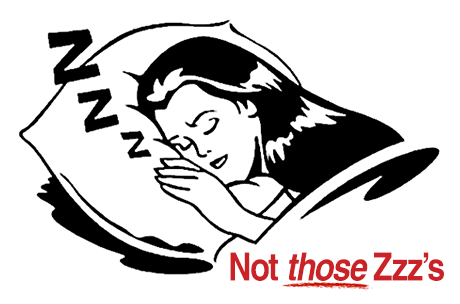Introducing the “Z” Codes
Fast Approaching!
ICD-10 is fast approaching!
Come October 1st the healthcare industry begins to use the new diagnosis coding regimen and with that transition the ambulance billing industry will face a new set of rules and billing guidelines to follow including the “Z” codes.

Reasons for Encounters…
The “Z” codes denote reasons for encounters. So, when the billing office uses this code, it is to be used along with a primary diagnosis code that describes the illness or injury. The “Z” code is secondary and falls within a broad category labeled “Factors Influencing Health Status and Contact with Health Services.”
The codes in this subset are to be used for the following…
- When a person who may or may not be sick encounters health service for some specific purpose.
- When some circumstance or problem is present which influences the person’s health status but is not in itself a current injury or illness.
Why “Z”?
So you say, “Why this discussion right now?”
The largest Medicare Administrative Contractor (MAC) in the United States is mandating the use of five “Z” codes is why.
While we have not heard of another MAC that will enact this requirement, it’s still good information to share with everyone in the blogosphere as the basic principles of medical necessity and reasonableness exist across all billing platforms, whether or not your EMS agency resides in the Jurisdictions where Novitas accepts claim processing responsibility.
Four Codes that Support Medical Necessity
First, take a minute to review the CMS definition of medical necessity of an ambulance patient. We’ve blogged on it in the past so hit the archives or simply check out the definition on the CMS website.
With the definition in mind, following are the codes with some brief comments on the expectations for documentation to support which code we will use to describe your EMS incident.
Z74.01- Bed Confinement Status
A patient is considered Bed Confined when he/she is…
- Unable to get up from bed without assistance –and-
- Unable to ambulate –and-
- Unable to sit in a chair or a wheelchair
You must document in the PCR specifically what you have assessed and learned from the patient and/or family that confines the patient to the bed at all times.
Z74.3- Need for Continuous Supervision
Your PCR must record the patient’s need for monitoring and you must be SPECIFIC about the monitoring provided. We anticipate that this code will fit particularly well in a 9-1-1 emergency transport billing scenario in many cases and the guidance provided by Novitas directs this code to be used for cardiac/hemodynamic monitoring that is requiredduring transport.
Be detailed and specific! It’s your burden to make the case in your PCR why the patient needed an ambulance and could not be safely transported by any other means from Point A to Point B in order to sustain life function.
Z78.1- Physical Restraint Status
EMS providers must always describe in great detail when a patient must be transported to maintain the safety of the patient and others surrounding the patient, including the ambulance crew. Billers will use this secondary code to denote those instances when the patient is a danger to himself/herself and others. This will involve patients who are known to be treated in a psychiatric situation requiring one-on-one monitoring by members of the ambulance crew for any type of reactive psychosis and/or are acting out exhibiting involuntary or voluntary movements.
Z99.89- Dependence on Other Enabling Machines or Devices
The key word here is “Dependence”. EMS providers will be documenting in great detail patients’ conditions requiring and the presence and active use of certain life-sustaining, enabling machines during the transport. The most notable for ambulance transports are C-Paps, Bi-Paps and ventilators among others.
One Code DOES NOT Support Medical Necessity
We close this discussion by revealing one code that DOES NOT support medical necessity.
Z76.89 will be required to explain an ambulance transport of a “Person Encountering Health Services in Other Specified Circumstances.” When your PCR documentation documents a patient who is transported by ambulance but did not require the services of the ambulance crew, then your billing office will be required to use this secondary code to report the scenario when billing to Novitas/Medicare Part B and will spark a denial for payment.
EMS providers must be truthful when documenting ambulance transport scenarios even if it means that the claim will be denied when the patient’s medical necessity cannot be established and the trip is considered to not be reasonable for payment from the Medicare Part B program.
Can you use more than one Z code listed above on a single claim?
Thanks so much for your question. If you are in need of a review of your billing and coding practices, we will be glad to talk with you here at QMC regarding consulting with your EMS agency. Feel free to give us a call today at (800) 901-1155.